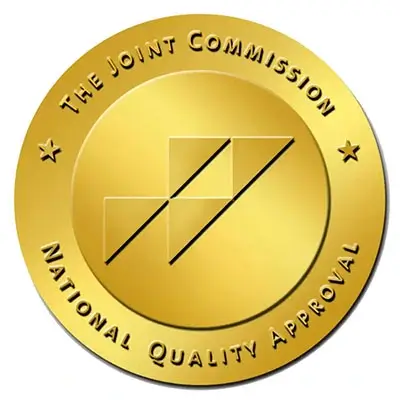Methamphetamine, commonly known as “meth,” is a strong stimulant drug that has become more popular over time. Street names like Crank, Speed, Fire, Glass, Crystal, Quartz, and Ice are often used for this drug. Meth has found its way into different communities, causing many health problems.
Originally used during World War II to give soldiers more energy and focus, meth has now become a recreational drug with serious side effects. One of the most visible and painful effects is a condition called “Meth Mouth.”
Meth Mouth leads to extreme tooth decay. This doesn’t just affect how someone’s smile looks but also reveals deeper health problems related to meth use. In this article, we will explore what causes Meth Mouth, its symptoms, and the treatment options available.
What Does Meth Mouth Look Like?
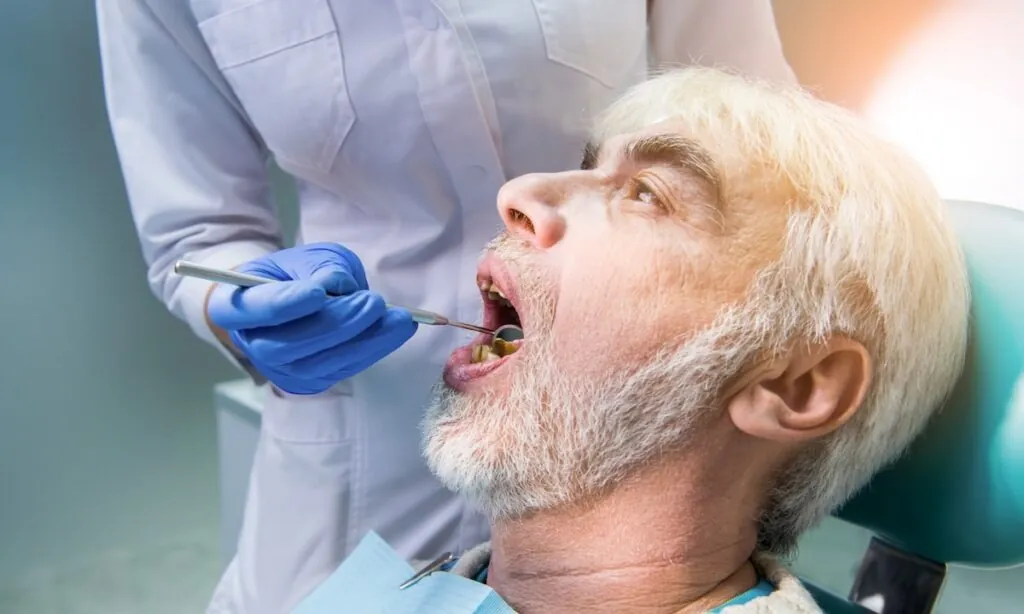
Meth Mouth is the term used for the severe dental damage seen in regular meth users. But what exactly does it entail?
At its core, Meth Mouth is not just about tooth decay. It’s a serious dental condition that shows neglect, long-term drug use, and the changes in the body that meth causes. People with Meth Mouth often have teeth that are black, stained, rotting, and in severe cases, crumbling or missing altogether. The decay usually starts at the gum line and gets worse quickly if not treated.
But it’s not only the drug itself that causes this damage. The symptoms of meth use, like dry mouth, craving sugary foods, and not taking care of oral hygiene, make the condition much worse. The way Meth Mouth looks can be shocking, often serving as a stark reminder of the drug’s devastating effects.
Meth Mouth Pictures
Below are some images that show the extensive damage caused by Meth Mouth.
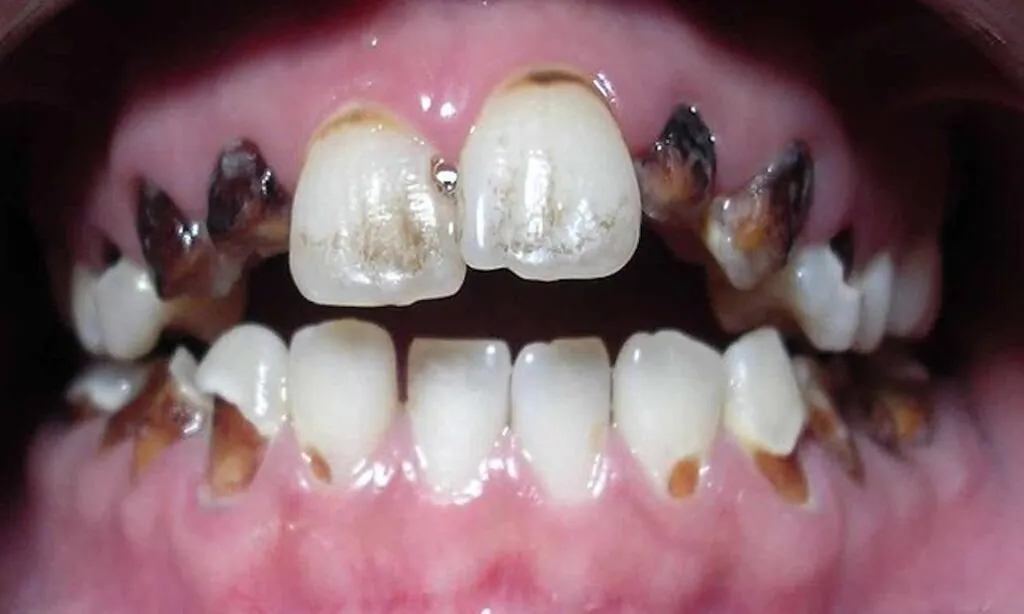
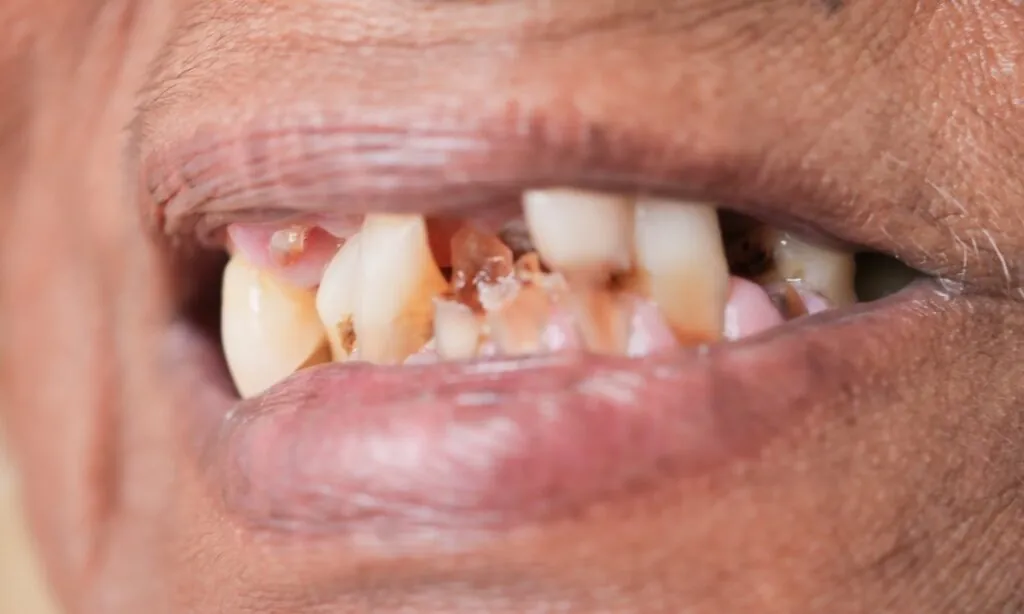
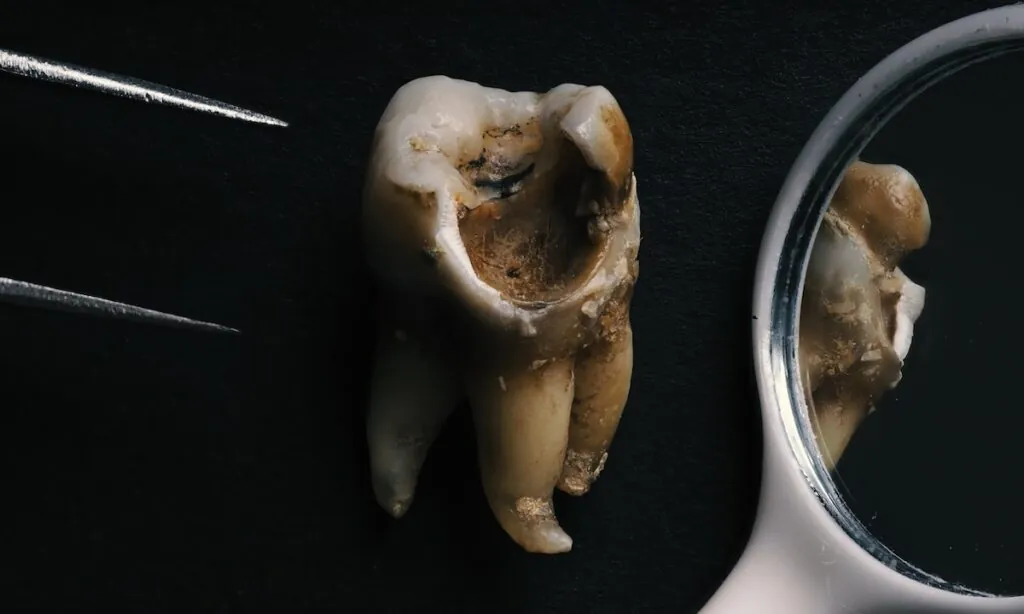
The Causes of Meth Mouth
Meth is a potent drug, but Meth Mouth doesn’t only happen due to its physiological effects. It is a combination of this and the behavior changes it causes. Here we will take a closer look at the primary causes of Meth Mouth.
1. Dry Mouth (Xerostomia):
Meth use lowers how much saliva is produced. Saliva helps neutralize acids and reduce bacteria in the mouth. When there’s less saliva, bacteria grow, and tooth decay happens faster.
2. Sugary Cravings:
Meth users often crave sugary foods and drinks during their high. Eating and drinking too much sugar without proper oral care speeds up tooth decay.
3. Neglect of Oral Hygiene:
Brushing and flossing regularly become less important to many meth users. Without these habits, plaque builds up, leading to more tooth decay and gum disease.
4. Acidic Composition of Meth:
Meth contains acidic substances, like those found in battery acid, cleaning products, and fertilizers. When consumed, these acids wear away the enamel, the protective layer on teeth.
5. Teeth Grinding (Bruxism):
Meth use often causes people to grind and clench their teeth. This wears down the enamel and can cause cracks or fractures in the teeth.
Symptoms of Meth Mouth

The manifestation of Meth Mouth is anything but subtle. It has a range of symptoms that are very obvious, both in appearance and in the pain it causes. In this section, we are going to take a detailed look at the tell-tale signs.
1. Severe Tooth Decay:
The most noticeable symptom, decay often starts at the gum line and spreads quickly. Teeth may appear brown or black, showing signs of advanced decay.
2. Gum Disease:
Both gingivitis (inflammation of the gums) and periodontitis (a severe form of gum disease that can damage the jawbone) are common. These conditions worsen as meth use continues.
3. Tooth Loss:
As decay progresses, teeth may become loose and eventually fall out. Multiple missing teeth are common in advanced stages of Meth Mouth.
4. Tooth Cracking and Fracturing:
Enamel erosion combined with teeth grinding makes cracks and fractures more likely. Teeth become weaker and may break under pressure.
5. Characteristic Decay Patterns:
Decay often appears on the sides of the teeth near the cheeks or between the front teeth. These patterns are specific to the damage caused by meth use.
6. Lack of Pain:
Despite severe damage, some users report little to no pain. This may be due to the numbing effects of the drug or the decay reaching the tooth’s nerve.
7. Mouth Sores and Lesions:
Users who smoke or snort meth often develop sores or lesions in the mouth. These painful sores can further contribute to poor oral health.
Treatment Options for Meth Mouth
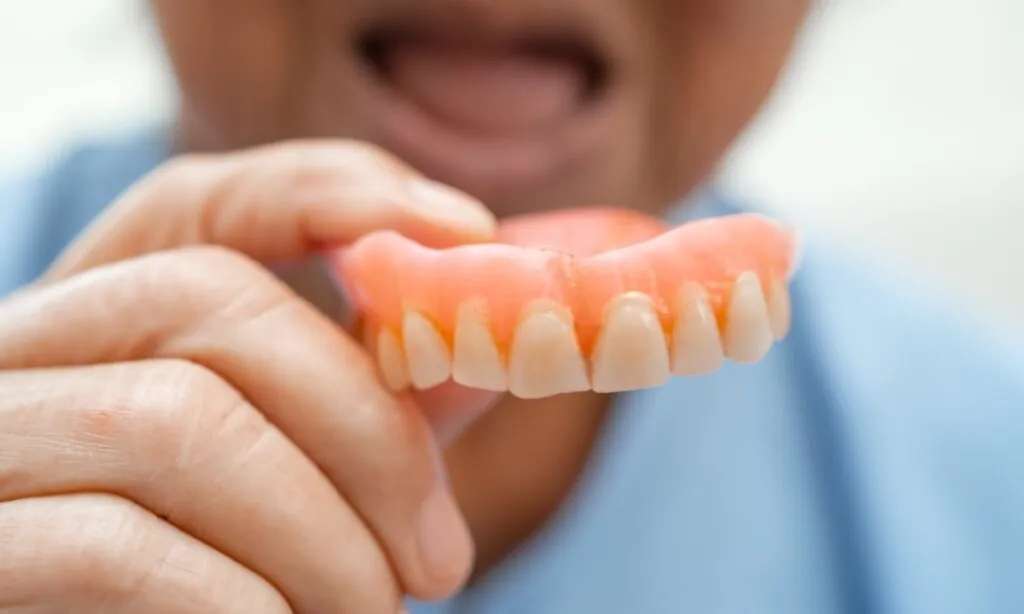
Treating Meth Mouth requires a multi-faceted approach. You have to address the dental damage as well as the meth use. The severity of the dental damage will decide what treatment is needed. Below we take a look at some of the treatment options available for Meth Mouth.
1. Preventive Care:
For those in the early stages of Meth Mouth, preventive care can help slow or stop the damage. This includes regular brushing with fluoride toothpaste, daily flossing, and using mouthwash to reduce bacteria. Regular dental check-ups and cleanings are also vital to support oral health.
2. Restorative Dentistry:
When teeth are decayed but can still be saved, restorative dental procedures can be used. Cavities and minor decay are treated with fillings, while crowns are placed on fractured or badly decayed teeth with strong roots. If the decay has reached the pulp or nerve, a root canal may be necessary to save the tooth.
3. Tooth Extractions:
In more advanced cases, where the teeth cannot be saved, extraction is the only option. Removing these teeth prevents the spread of infection and makes room for future replacements. This is often the best course of action for severe cases of Meth Mouth.
4. Prosthetic Dentistry:
For people missing many teeth, prosthetic options can help restore their smile. Partial or full dentures can replace missing teeth, while bridges are used to fill gaps by attaching to neighboring teeth. Veneers, thin shells that cover the front of teeth, can improve the look of damaged teeth.
5. Behavioral Interventions:
Beyond dental treatment, treating the addiction itself is key to long-term recovery. This could involve drug rehabilitation programs, counseling, or support groups. It’s important to tackle the root cause of Meth Mouth. Treating the addiction alongside dental care is critical for lasting results.
6. Lifestyle Changes:
Adopting healthier habits can also reduce the impact of meth on dental health. Drinking more water can help combat dry mouth while reducing sugary and acidic foods can protect the teeth. Combining dental care, lifestyle changes, and treatment gives people the best chance for a full recovery.
The Dangers and Implications of Meth Mouth
In short, Meth Mouth is not only a cosmetic issue but also a serious health concern that can lead to lasting damage. If left untreated, infections can spread, leading to pain, tooth loss, and even damage to the jawbone. Beyond the physical effects, Meth Mouth also shows the deeper effects of meth addiction, which can impact a person’s overall health and life.
The Road to Recovery Starts With Hope

Meth Mouth is more than just dental decay—it’s a stark visual representation of the broader damage caused by meth use. It symbolizes the physical, mental, and emotional toll of addiction.
While dental treatments can repair the damage and restore oral health, real recovery happens when the addiction is treated. At The Hope Institute, we understand this and are here to help. Our methamphetamine addiction treatment programs focus on healing both the body and the mind.
If you or a loved one are struggling with meth addiction, contact us or call (855) 659-2310 today to learn how we can help you on the path to recovery.


